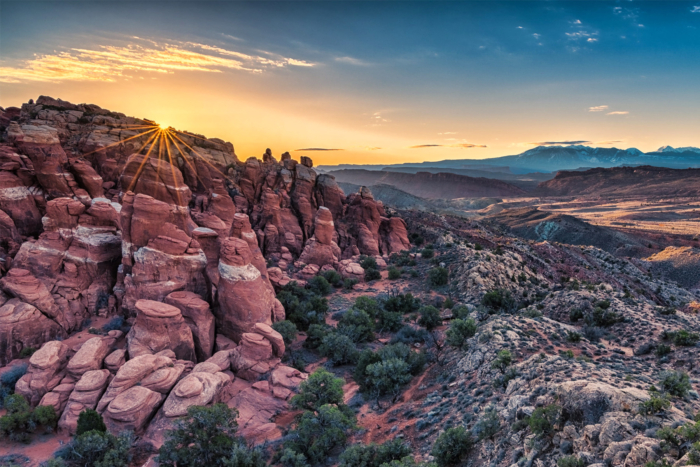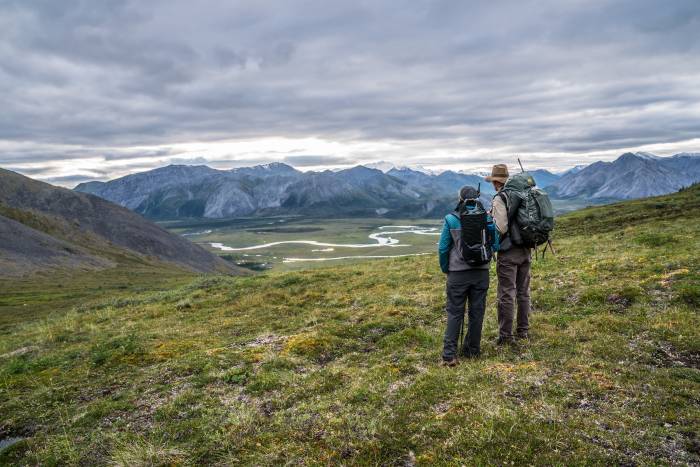My beloved adventure dog, Darwin, is now 13 years old. He has been backpacking, kayaking, joining us on climbing trips, and running beside a bicycle since he was a pup. He’s escorted hikers up and down countless trails, and he’s kept great and respectful company for anyone who leaves the campfire to find somewhere to pee.
But as our pace of adventure has remained the same, his has slowed down. Running behind mountain bikes turned into long hikes with his humans, backpacking trips became car camping excursions, and multiday canoe trips were replaced with shorter day floats.
As Darwin has aged, we’ve made adjustments so he can still enjoy the things he loves to do with us, even as his whiskers gray.

There’s no magic bullet for knowing how to meet your dog’s needs as they age. Every dog, like every person, is different. Breed, temperament, and fitness level are just some of the factors that affect when an activity might catch up to a dog or at what age — to say nothing of conditions and diseases that aging dogs are commonly diagnosed with.
Here are some of the things we’ve learned with Darwin, as well as some advice from Dr. Margaret Gruen, a professor of behavioral medicine at North Carolina State University’s College of Veterinary Medicine, on how to adjust active routines for aging dogs.
Because old dogs still love to adventure, even if they’re a little slower than they used to be.
Tips for Adjusting Active Routines for the Aging Adventure Dog

Look for Signs of Aging

Understand a Dog’s (Changing) Limits

Help Your Dog Recover

Set Realistic Trip Goals

Consider Climate, Weather, and Accessories

Adjusting to Your Dog’s Pace

Find Balance in Old Age Outdoors
The Final Word: Adjusting Active Routines for the Aging Adventure Dog










